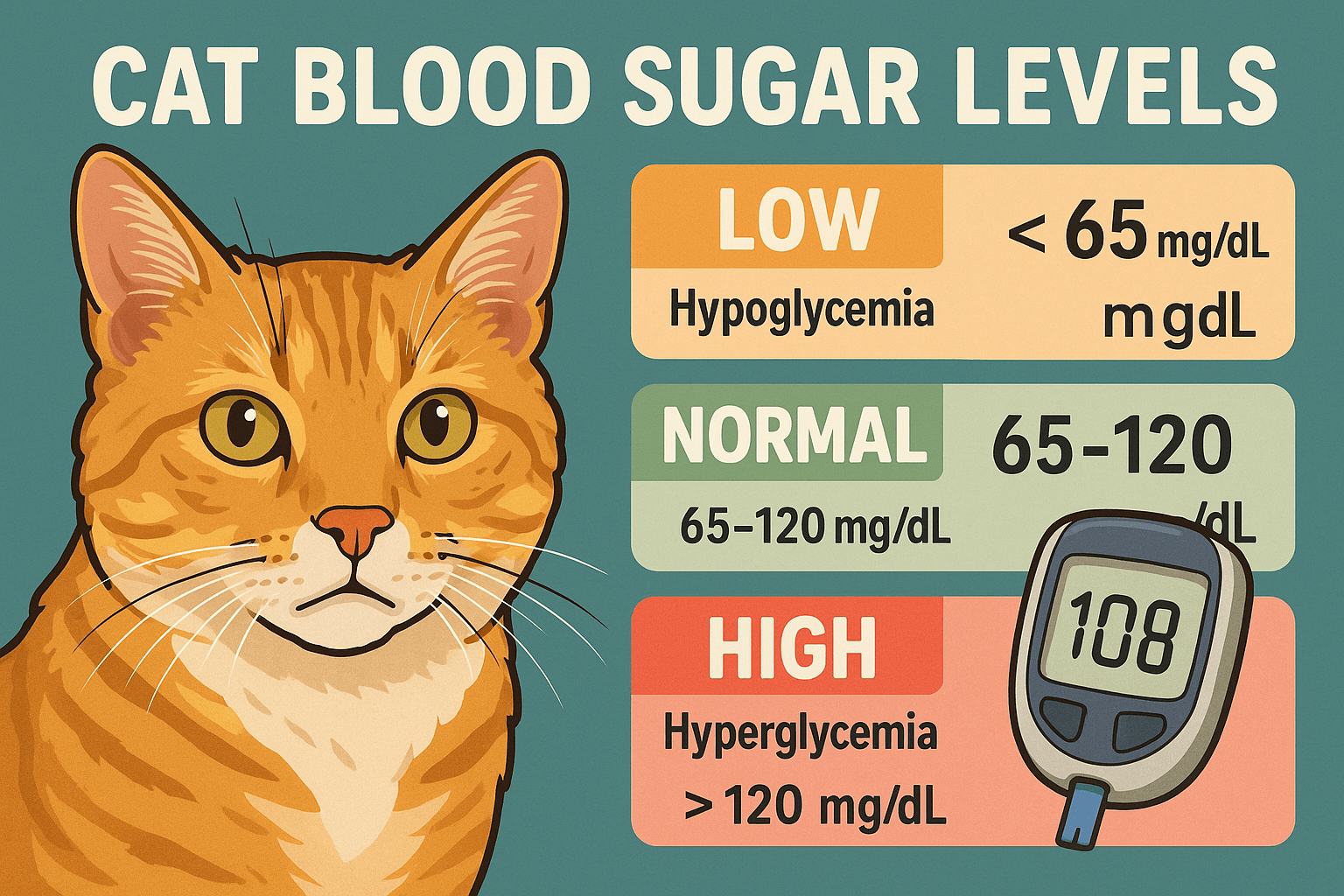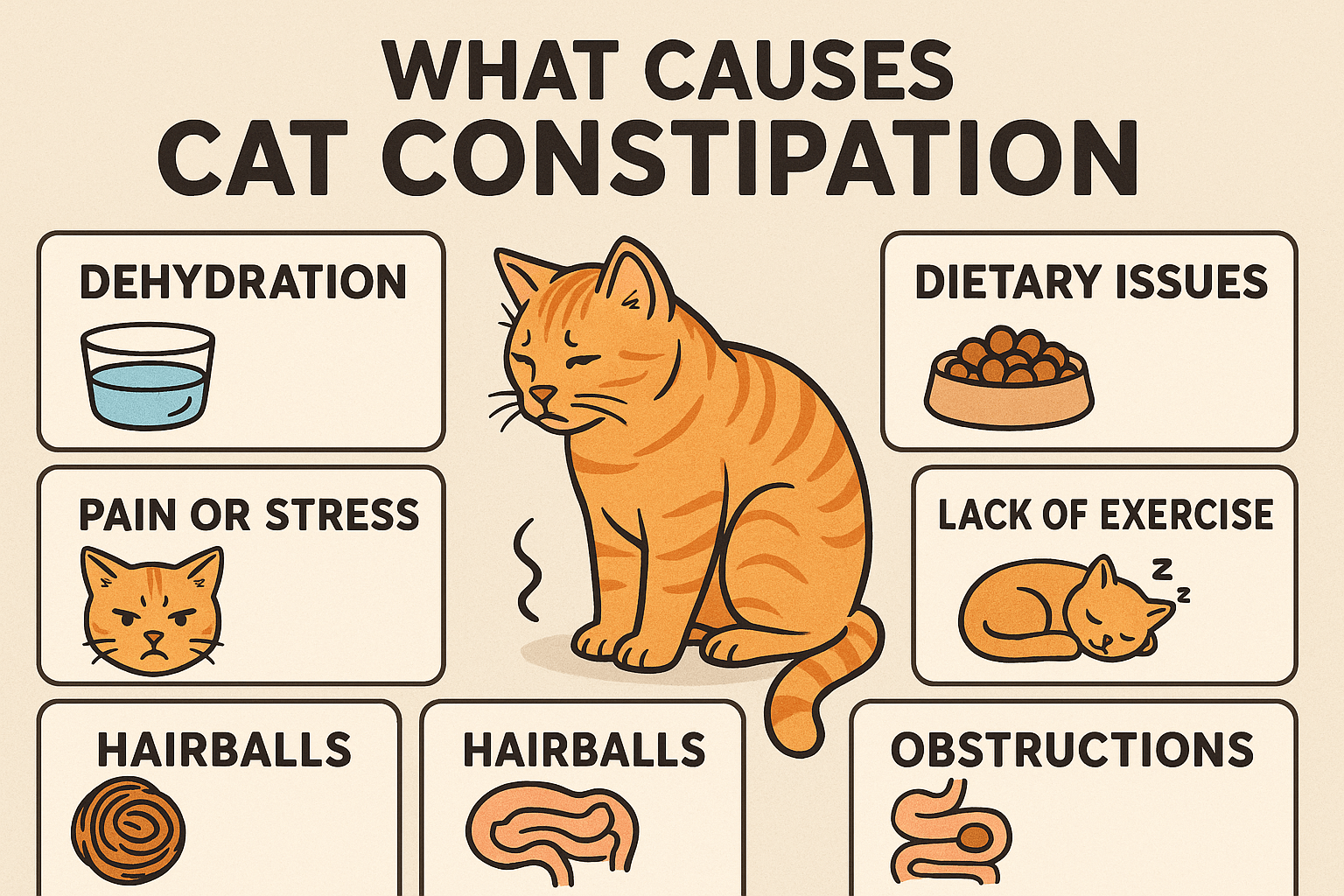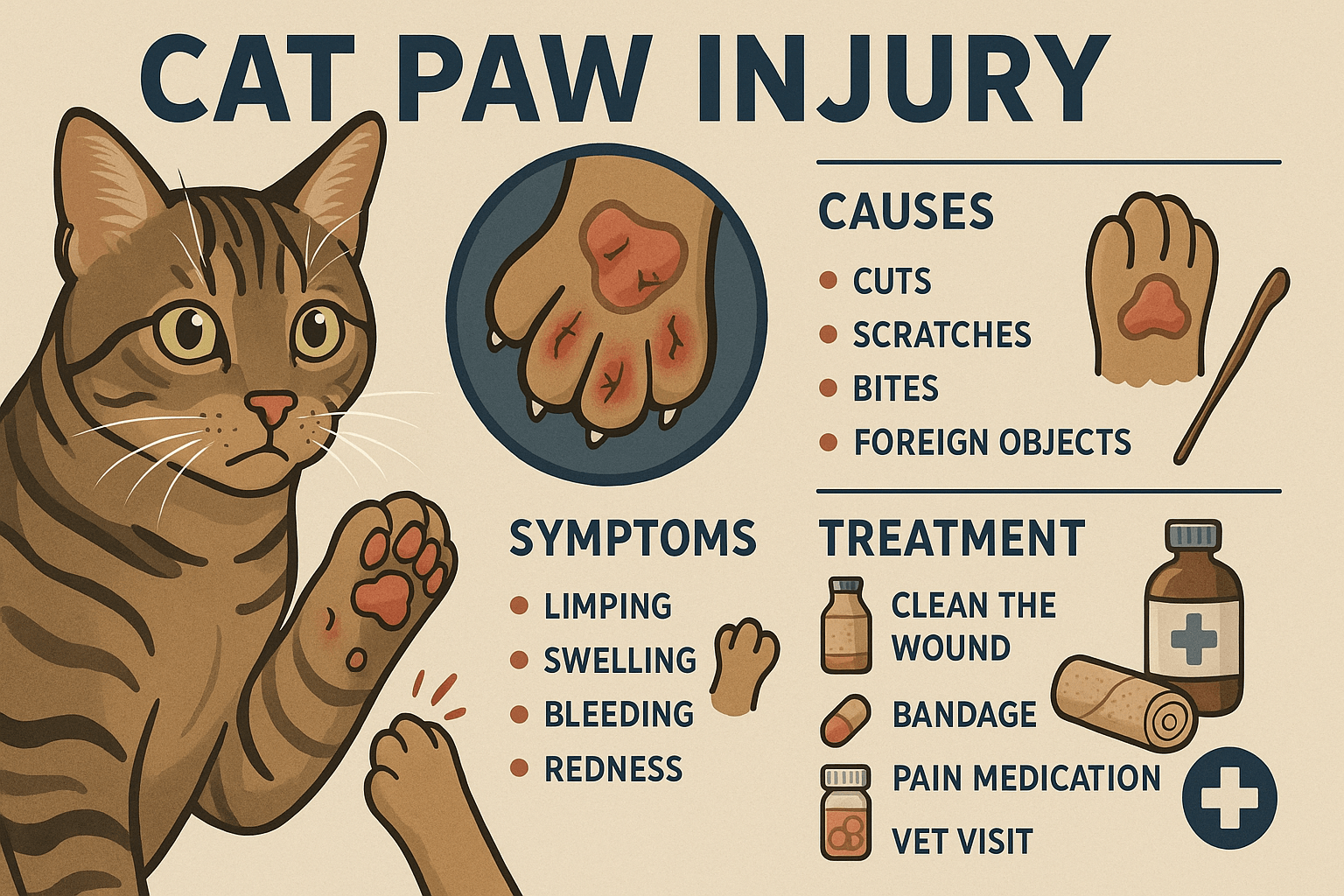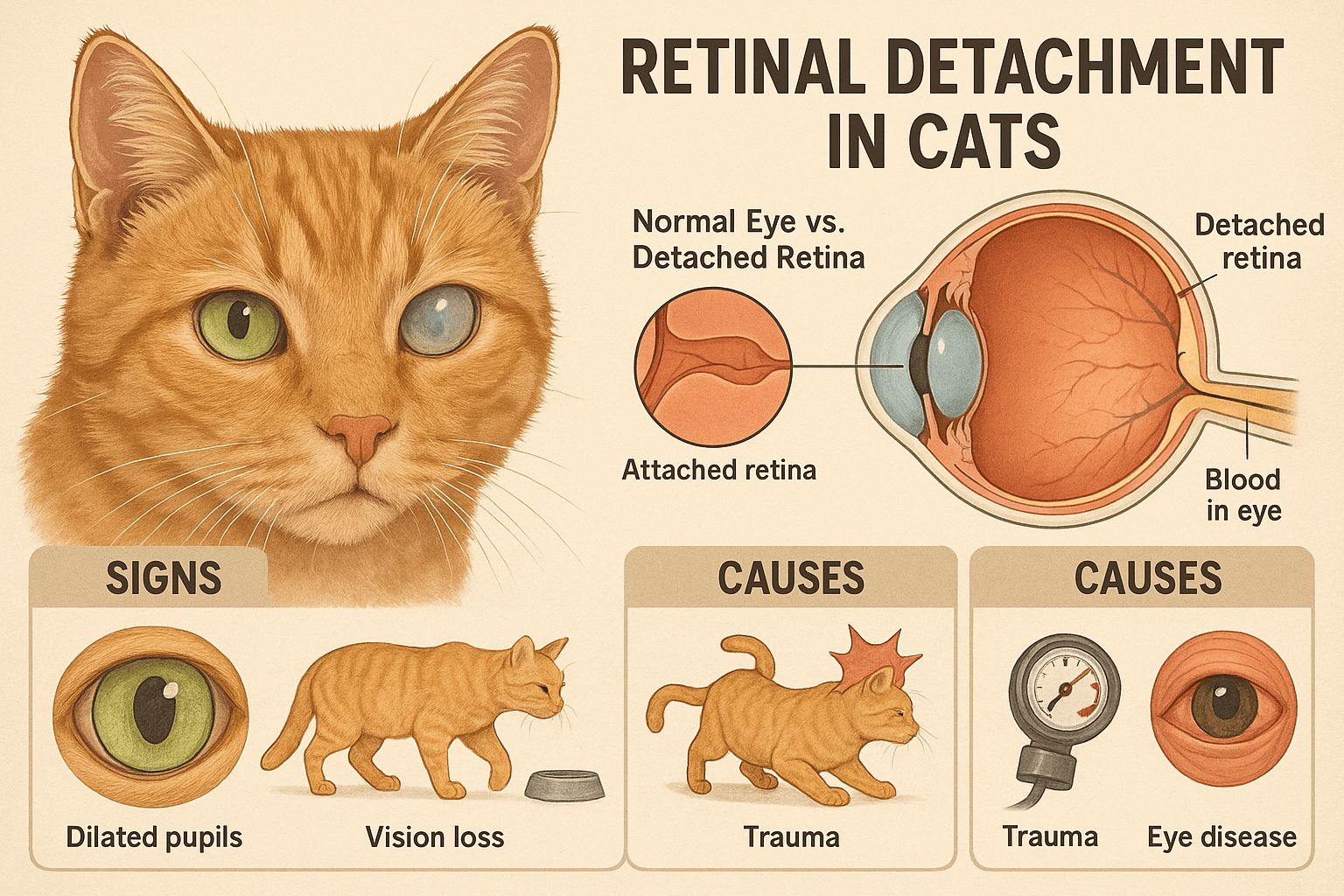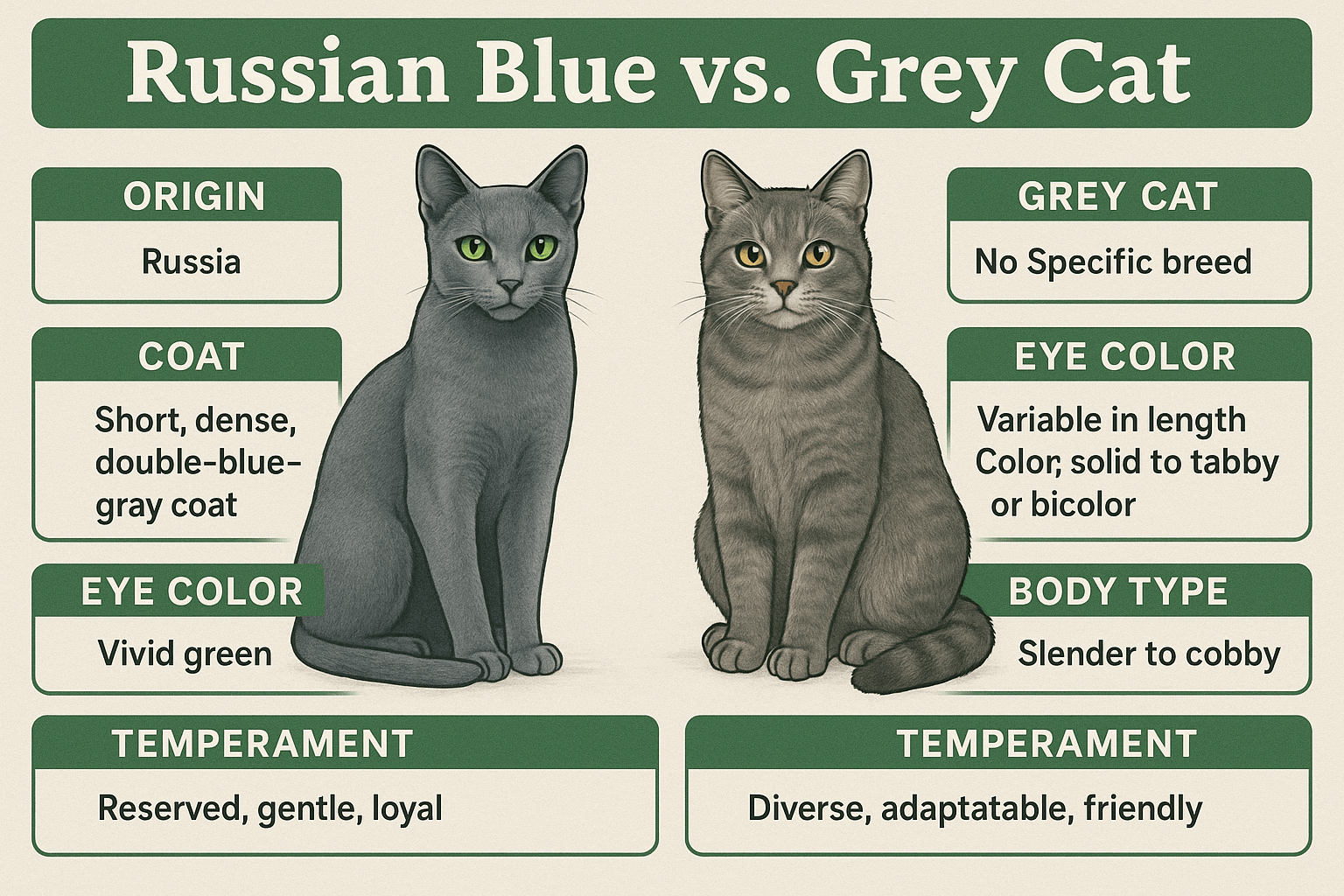Understanding Cat Blood Sugar Levels
Cats, like humans, rely on stable blood sugar levels to maintain their health and energy. However, fluctuations in these levels can lead to serious conditions such as diabetes or hypoglycemia. Monitoring your cat’s blood sugar is essential, especially if they exhibit symptoms like excessive thirst, frequent urination, or lethargy. Whether you’re a seasoned pet owner or new to feline care, understanding what constitutes normal blood sugar levels and how to manage them can make a significant difference in your cat’s well-being. This guide will walk you through everything you need to know about cat blood sugar levels, from normal ranges to practical tips for keeping your furry friend healthy.
Expert Insight on Insulin and Blood Sugar Regulation
“Insulin is a hormone that is naturally produced by the body. Insulin’s main job is to help regulate blood sugar. Simplified, insulin will absorb glucose from the blood, delivering the vital energy to other cells such as fat, liver, and muscles, while simultaneously lowering the levels of the sugar in the blood.”
What Are Normal Blood Sugar Levels for Cats?
Knowing the normal range of blood sugar levels for cats is the first step in ensuring their health. These numbers serve as a baseline for identifying potential issues early on.
Normal Range:
A healthy cat typically has blood glucose levels between 70 and 150 mg/dL. Levels outside this range may indicate an underlying issue.Post-Meal Spikes:
After eating, a cat’s blood sugar levels may rise slightly but should return to normal within a few hours. Persistent spikes could signal insulin resistance.Low Blood Sugar (Hypoglycemia):
Blood sugar levels below 70 mg/dL are considered low and may result in weakness, seizures, or collapse. Immediate veterinary attention is crucial.High Blood Sugar (Hyperglycemia):
Levels above 150 mg/dL, especially if consistent, may indicate diabetes or other metabolic disorders. Early detection is key to effective management.Age and Health Considerations:
Older cats or those with pre-existing conditions may have slightly different blood sugar ranges. Regular vet check-ups help tailor care to individual needs.
Understanding these benchmarks allows you to monitor your cat’s health more effectively and seek timely intervention when needed.
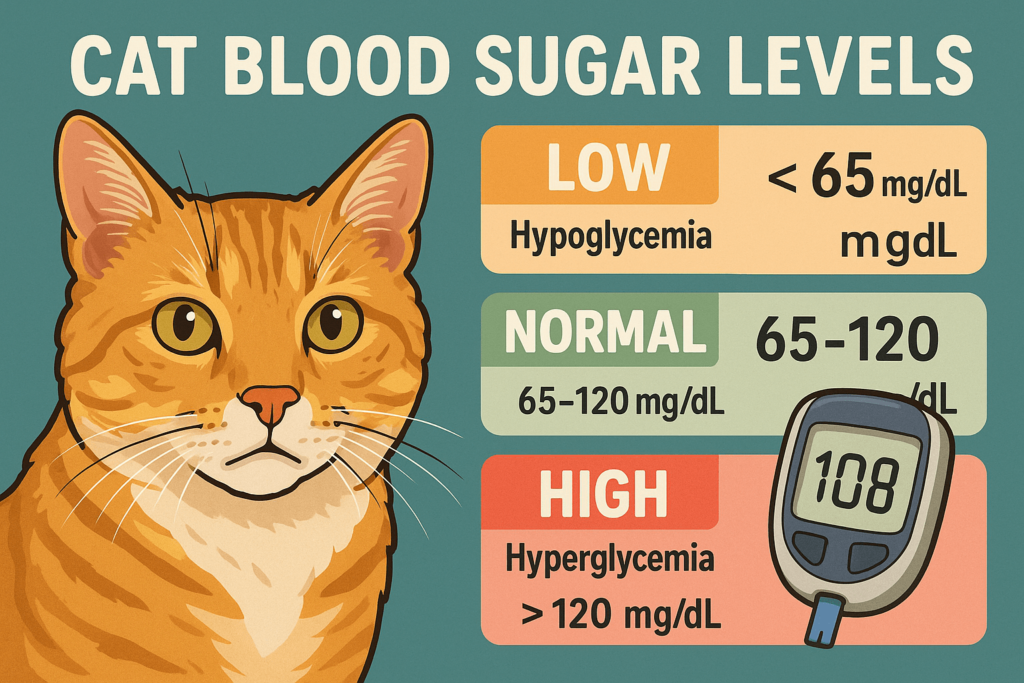
Signs Your Cat May Have Abnormal Blood Sugar Levels
Abnormal blood sugar levels often manifest through noticeable changes in behavior and physical health. Recognizing these signs early can prevent complications.
Excessive Thirst and Urination:
Increased water consumption and frequent trips to the litter box are common symptoms of high blood sugar levels.Weight Loss Despite Normal Eating Habits:
Unexplained weight loss can occur when a cat’s body struggles to process glucose properly.Lethargy and Weakness:
Cats with abnormal blood sugar levels may appear unusually tired or uninterested in activities they once enjoyed.Changes in Appetite:
Both increased hunger and sudden disinterest in food can indicate blood sugar imbalances.Vomiting or Diarrhea:
Gastrointestinal issues may arise when blood sugar levels are consistently unstable, signaling the need for medical evaluation.
If you notice any of these symptoms, consult your veterinarian promptly to determine the underlying cause and begin appropriate treatment.
Check this guide 👉Understanding the Cost of Cat Diabetes Treatment: Best 7 Tips
Check this guide 👉Diabetic Cat Food: Best 7 Expert Tips!
Check this guide 👉Understanding Pre-Diabetic Cats: Best 7 Expert Tips!
Symptoms of High Blood Sugar | Symptoms of Low Blood Sugar |
|---|---|
Excessive thirst and urination | Weakness or collapse |
Weight loss despite eating normally | Seizures or tremors |
Lethargy and lack of energy | Confusion or disorientation |
Increased appetite | Restlessness or irritability |
Poor coat condition | Loss of consciousness in severe cases |
How to Monitor Your Cat’s Blood Sugar Levels at Home
Regular monitoring of your cat’s blood sugar levels can help you stay ahead of potential health issues. With the right tools and techniques, this process becomes manageable even for novice pet owners.
Use a Feline-Specific Glucose Meter:
Invest in a glucose meter designed for cats, as it provides accurate readings tailored to their physiology.Collect Blood Samples Safely:
Use a lancet to prick the edge of your cat’s ear, avoiding sensitive areas. Ensure proper hygiene throughout the process.Test at Consistent Times:
Check blood sugar levels before meals or at the same time each day to establish a reliable pattern.Record and Track Results:
Maintain a log of your cat’s readings to share with your vet during check-ups. Trends in data can reveal important insights.Stay Calm and Patient:
Cats may resist testing initially. Approach the task calmly and reward them afterward to create positive associations.
By incorporating these practices into your routine, you can actively contribute to your cat’s long-term health and well-being.
Managing Your Cat’s Diet to Stabilize Blood Sugar Levels
Diet plays a crucial role in maintaining stable blood sugar levels for cats, particularly those with diabetes or other metabolic conditions.
Feed High-Protein, Low-Carb Foods:
Cats thrive on protein-rich diets that mimic their natural carnivorous preferences, helping regulate blood sugar naturally.Avoid Sugary Treats:
Steer clear of treats containing added sugars or fillers, which can spike blood glucose levels unnecessarily.Stick to Scheduled Feeding Times:
Consistent meal times help regulate insulin production and prevent erratic blood sugar fluctuations.Provide Fresh Water Always:
Hydration supports kidney function and aids in maintaining balanced blood sugar levels.Consult Your Vet for Specialized Diets:
Prescription diets formulated for diabetic cats can provide targeted nutrition to manage their condition effectively.
A well-balanced diet is one of the most powerful tools for keeping your cat’s blood sugar levels under control.
Preventing Blood Sugar Imbalances
Preventing blood sugar imbalances starts with proactive measures that promote overall feline health. Here are some steps you can take to reduce the risk of problems.
Schedule Regular Vet Visits:
Routine check-ups allow your vet to catch potential issues early before they escalate.Maintain a Healthy Weight:
Obesity increases the risk of diabetes, so ensure your cat stays at an ideal weight through exercise and proper feeding.Minimize Stressful Situations:
Stress can temporarily raise blood sugar levels. Create a calm environment to keep your cat relaxed.Encourage Physical Activity:
Interactive toys and play sessions stimulate metabolism and support balanced blood sugar levels.Educate Yourself About Feline Health:
Understanding how blood sugar works in cats empowers you to make informed decisions about their care.
By focusing on prevention, you can help your cat avoid many of the complications associated with blood sugar imbalances.
Emergency Care for Blood Sugar Issues
In emergencies involving blood sugar imbalances, quick action can save your cat’s life. Knowing what to do in critical situations ensures you’re prepared.
For Hypoglycemia:
Rub corn syrup or honey on your cat’s gums to quickly raise blood sugar levels. Avoid forcing liquids down their throat.For Hyperglycemia:
Contact your vet immediately if your cat shows signs of prolonged high blood sugar, as medication adjustments may be needed.Keep Emergency Supplies Handy:
Stock up on items like glucose gel, syringes, and contact information for your vet or emergency clinic.Recognize Warning Signs Early:
Familiarize yourself with symptoms of both high and low blood sugar to act swiftly when necessary.Transport Safely to the Vet:
If your cat requires urgent care, wrap them securely in a blanket to minimize stress during transport.
Being prepared for emergencies ensures you can respond effectively and protect your cat’s health.
Holistic Approaches to Supporting Blood Sugar Health
While traditional treatments are essential, holistic approaches can complement conventional care and enhance your cat’s overall well-being.
Herbal Supplements:
Certain herbs, like fenugreek and cinnamon, may support blood sugar regulation when used under veterinary supervision.Acupuncture Therapy:
Acupuncture can help reduce stress and improve circulation, potentially benefiting cats with blood sugar issues.Probiotics for Gut Health:
A healthy gut microbiome supports digestion and metabolism, indirectly aiding blood sugar balance.Essential Oils (Used Cautiously):
Some essential oils, like lavender, promote relaxation but should never be applied directly or ingested without expert advice.Mindfulness Practices for Owners:
Reducing your own stress positively impacts your cat, creating a harmonious home environment that fosters healing.
Holistic methods can enrich your cat’s care plan, offering additional benefits beyond standard treatments.
Frequently Asked Questions About Cat Blood Sugar Levels
What causes high blood sugar in cats?
High blood sugar, or hyperglycemia, is often caused by diabetes, stress, or certain medications.
Can low blood sugar be life-threatening?
Yes, severely low blood sugar (hypoglycemia) can lead to seizures or coma if not treated immediately.
How often should I test my cat’s blood sugar?
The frequency depends on your cat’s health status; diabetic cats may require daily testing, while others may only need occasional checks.
Are there medications to manage blood sugar?
Insulin injections are commonly prescribed for diabetic cats to help regulate their blood sugar levels.
Can diet alone reverse diabetes in cats?
In some cases, dietary changes combined with weight loss can send feline diabetes into remission, but professional guidance is essential.
Taking Control of Your Cat’s Blood Sugar Health
Monitoring and managing your cat’s blood sugar levels is a vital aspect of responsible pet ownership. By staying informed about normal ranges, recognizing warning signs, and implementing practical strategies like regular testing and dietary adjustments, you can significantly improve your cat’s quality of life. Remember, early detection and consistent care are the keys to preventing complications and ensuring your feline companion remains happy and healthy for years to come. With patience and dedication, you can navigate this journey confidently and give your cat the best possible care.
What Causes Cat Constipation? Best 7 Expert Tips! Discover common causes, symptoms, and solutions for cat constipation to keep your feline healthy and comfortable.
Cat Paw Injury: Best 7 Expert Tips! Discover essential advice on identifying, treating, and preventing cat paw injuries to keep your feline friend healthy and happy.
Retinal Detachment in Cats: Best 7 Expert Tips! Learn to identify symptoms, understand causes, and explore treatment options to protect your cat’s vision effectively.
Russian Blue vs Grey Cat: Best 7 Expert Tips! Discover key differences, unique traits, and expert advice to help you choose between a Russian Blue and a generic grey cat for your perfect feline companion.

